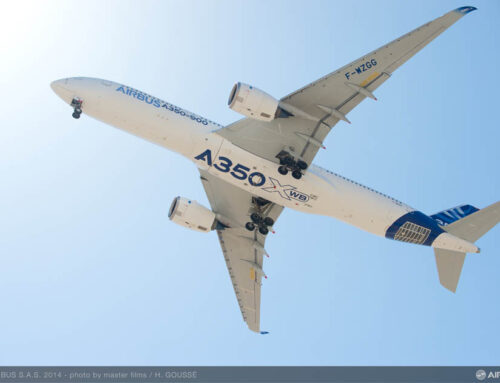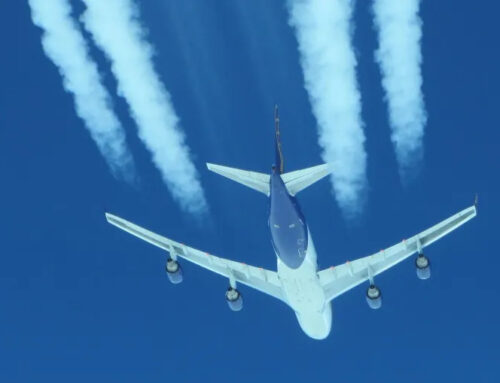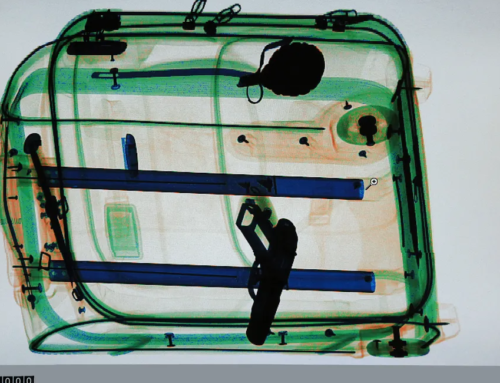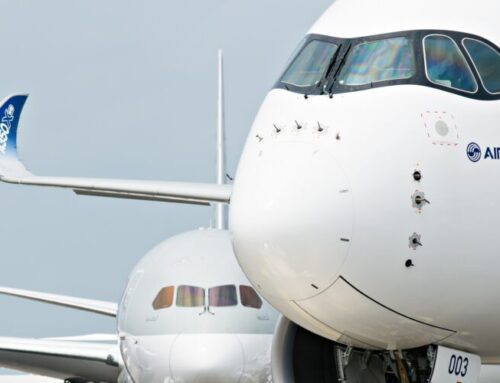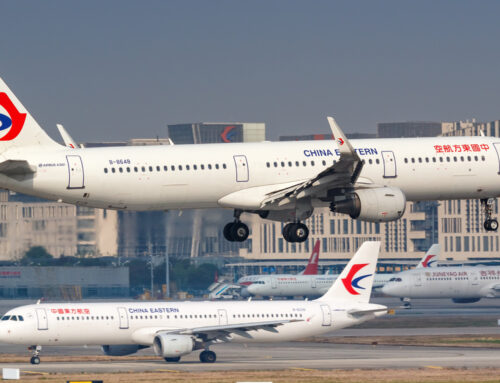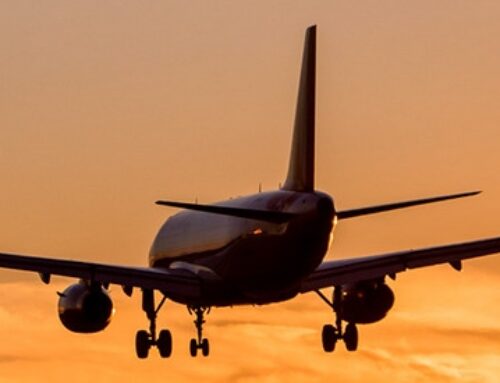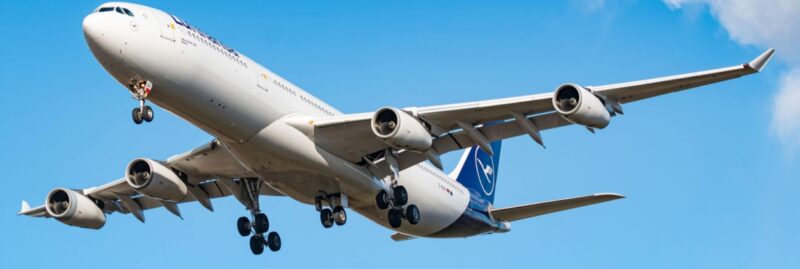
Despite the crucial role they play in every flight, aircraft tires are one of the least noticed components by passengers. Yet, these tires endure significant stress, supporting airplanes during taxi, takeoff, and most critically, landing. The endurance of these tires is impressive, considering that a Boeing 737-9, landing at speeds over 130 miles per hour, can have a maximum weight of nearly 164,000 pounds. However, their lifespan is relatively brief.
Air Canada reveals that main landing gear tires can withstand between 300 and 450 landings before requiring replacement. This variability is due to different wear and tear experienced across various runways, with debris such as rocks, pavement fragments, and rubber build-up contributing to quicker degradation. Interestingly, the tires on the nose gear, tasked with steering the aircraft on the ground, wear out even faster.
Airplane tires are designed to last an exceedingly long time, but just as with automobiles, tires need regular inspections, maintenance, and checking for wear. The average expected tire life of an airplane tire is between 1,200 and 1,500 flight hours.
A single tire for a 777 airplane can cost anywhere from $2,000 to $3,500 depending on the type of tire and its size. They produced by specialized divisions within companies like Goodyear and Michelin, are designed specifically for aviation use and are not merely enlarged versions of car tires. They are inflated to about 200 pounds per square inch—significantly higher than car tire pressures—within a safety cage to mitigate risks during the inflation process.
In a unique arrangement, airlines lease tires from manufacturers based on the number of landings, not outright purchasing them. Once a tire’s service life ends, it’s returned to the manufacturer for retreading, potentially up to seven times, ensuring optimal utilization and safety. This leasing model incentivizes tire manufacturers to produce durable, reliable tires to avoid the costs associated with premature failures.
The smoke observed during aircraft landings occurs when a wheel, which remains stationary during flight, contacts the stationary runway. Upon touchdown, the wheel must quickly accelerate to match the landing speed. This rapid acceleration causes a brief period of tire skidding, resulting in the visible smoke.
Next time you fly, you might give a moment’s thought to the complex, high-performance world of aircraft tires, a critical yet understated part of your journey.
Sources: AirGuide Business airguide.info, bing.com, qz.com

